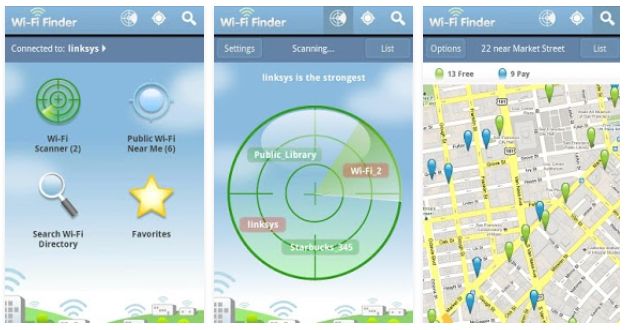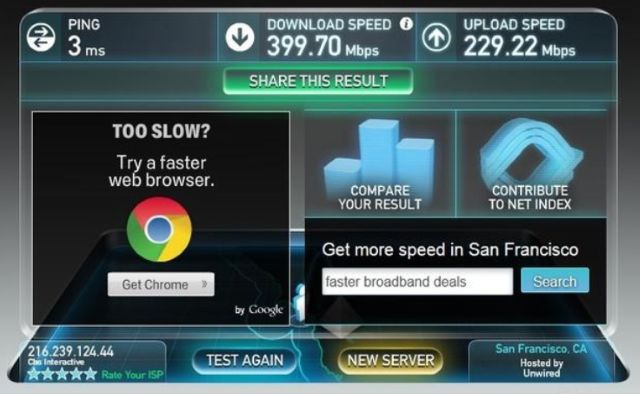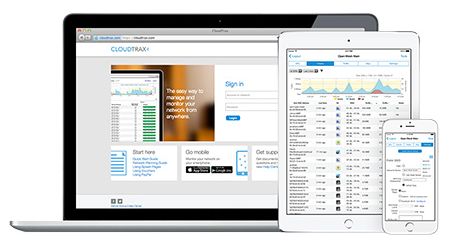Understanding the Different Types of Web Hosting
If you plan to launch a project online, be it a blog, a small website, a store, an application, and so on, you will need web hosting for it. So how does web hosting work in the first place?
Whenever you open a page in a web browser, your computer, tablet or smartphone receives a bunch of data from a server. That data has to reside on a server, which is very similar with your computer. Then, your browser converts the received data into the actual images, texts, videos, etc.
In a nutshell, a web server is a fast computer that is able to store many files and uses the Linux operating system most of the time. Your hosting company owns this computer and will rent some of its CPU power and storage space to you. They will also offer additional services like malware scanning, daily backups, and so on.
So what are the most common types of web hosting packages? Read on to find out!
- Shared Hosting
Shared hosting is the least expensive hosting option. As you can imagine, it may not the best solution for some projects. With shared hosting, the provider stores several hundreds (sometimes even thousands!) of projects on the same server. This means that your website may be stored in one of the 2,000 folders that reside on one of their computers.
So what is the problem with shared hosting? First of all, the server resources are split between those 2,000 sites, and this means that your website will load slowly. Sometimes, when the server load is high, it may not be displayed at all! And it may not be your fault – somebody else may waste precious CPU resources because of a faulty script, affecting every account on that server!
Then, your site may be compromised because an attacker has targeted one of the other accounts that resides on the same server. And if he gains access to the server, it has gotten access to all your files as well!
Should you ignore shared hosting as an option, then? Not at all, especially if you use it to test small projects, host a website that isn’t essential for you, and so on. If you set up a website with the sole purpose of creating an online diary, you can definitely use shared hosting for it. Things change when you run an online store, of course.
- VPS Hosting
VPS is the acronym for Virtual Private Server. It’s still a shared environment, but the number of accounts on a VPS is usually limited to 20…30. However, the biggest improvement, which has a direct impact on the quality of the hosting service, comes from the fact that each account is run on a virtual machine.
Virtual machines are virtual computers, which behave just like real-life computers, but are created using a software application. As an example, if the server has 16 GB or RAM, a hypervisor (that’s just a cool name for a software application) can make sure that the 16 accounts on the server use 1 GB each. No information from your RAM will ever make it into another person’s RAM.
This means that the key shared hosting problems are eliminated. If another person uses his account to the max, it won’t slow down your site. And if his site is hacked, yours will not be affected.
But wait, there’s more! Since your site is run on a virtual computer, you can always ask the hosting provider to increase the amount of resources that are available for your project(s). For them, it’s as easy as dragging a slider. You will have to pay more money to have access to more CPU power, more memory and more storage, of course. Still, you can increase the available resources when you expect to see a traffic surge (you are launching a new product, for example) and then reduce them.
As you can guess, VPS costs more than shared hosting. You can find decent shared hosting for $5/month, but VPS hosting will often times set you back $50…$150/month.
- Cloud Hosting
Cloud hosting is very similar with VPS hosting. In fact, some hosting companies sell this hosting package as “Cloud VPS”. With cloud hosting, your hosting company will create a virtual “soup” of servers which share their resources, and then give you a portion of that “soup”, according to your website’s needs.
How does that help? First of all, it can prevent DDoS attacks, used by hackers in their attempt to block a certain website by overwhelming the server it resides on with lots of requests, which are triggered within a very short time interval. Cloud hosting allows your provider to spread the attack over an entire network, diminishing its negative effects.
People prefer cloud hosting services today because they like their scalability and security. Giants like Amazon and Google offer high quality cloud hosting services.
- Dedicated Hosting
With dedicated hosting, you won’t have to share the server with anyone. This means that you can choose how much memory you want installed on it, the CPU frequency, the preferred operating system, and so on.
There are a few drawbacks, though. First of all, you will have to know quite a bit about web servers, and if you choose an unmanaged service, you will also have to apply the latest OS patches, run security checks on a regular basis, and so on.
Still, dedicated hosting can be a good solution even if you aren’t a tech savvy user; just purchase a managed plan and the hosting provider will take care of your server maintenance tasks. This is the preferred solution if you build large scale website, which receive hundreds of thousands of visitors each month.
How to Start a Wi-Fi Hotspot Business
These days there are plenty of free Wi-Fi hotspots around us. Mc Donald’s has them, KFC has them, your local cafe has them… they’re virtually everywhere! There are even lots of apps that you can install on your phone, and then discover plenty of free hotspots – this one, for example.

So why should you start your own Wi-Fi hotspot business? First of all, because free Wi-Fi hotspots are available to everyone. This includes evil persons as well, people who will try to “sniff” everyone’s passwords. Your Wi-Fi hotspot will be a private one, so it will use access passwords, thus being much more secure in comparison with the free, open ones.
Then, as widespread as they may be, hotspots aren’t available everywhere in the world. There may be very few hotspots in your city or even in your country, depending on where in the world you are residing. And if you live near a train station, for example, there may be hundreds of people who want to check their emails – and yes, Facebook as well! – and won’t be able to do that without using your hotspot service.
Of course, if you run a cafe or a restaurant yourself, you may add value to your business either by charging a small amount of money for Internet access, or by offering complimentary access to your secure, private hotspot. Often times, this will lead to more sales because the number of repeat customers will increase.
Finally, a Wi-Fi hotspot business is easy to run and won’t require a significant investment. You won’t have to burn tens of thousands of dollars to learn if it is a profitable venture or not. And even if it only makes you a hundred of dollars per month, it runs on autopilot and can easily cover the cost of your Internet bill and maybe more.
So how do you start and run a Wi-Fi hotspot business? Read on to discover our step by step guide.
First of all, you will need an Internet connection. A fast one! Fortunately, most Internet providers offer great packages today. You are probably going to be able to get a fast Internet connection for $20…50 per month.

Make sure that your downloads aren’t capped, though; otherwise, your customers will be very angry, because they haven’t been able to watch that lovely kitty movie on Facebook in its entirety.
Then, you will need a Wi-Fi router. This device will share your Internet connection with your customers. Go for a router that has high gain antennas. To keep the costs down, most routers are supplied with low gain (3 dBi or 5 dBi) antennas, but the good news is that most routers’ antennas can be detached, and then you can install your own high gain antennas. Of course, you should move the router and its antennas as close to the area that you intend to serve, so you may need some extension cables and adapters as well.
Apart from having a strong Internet connection, the actual position of your Wi-Fi antenna is crucial for the success of your business. By using a high gain antenna, you will be able to have a strong signal even 100 feet away from the router. And if you need to cover even bigger areas, you can always use a repeater, a device that receives, amplifies and retransmits the Wi-Fi signal.
Finally, you are going to need a Wi-Fi management system like CloudTrax, for example. It’s a software application that allows you to set up a nice looking dashboard for your customers, and then helps you control and monitor the Wi-Fi network.

You can generate Wi-Fi hotspot access packages that are valid for 1 hour, 1 day, 1 week or 1 month, for example. The service also integrates with PayPal, so getting paid by your customers will be very easy.

